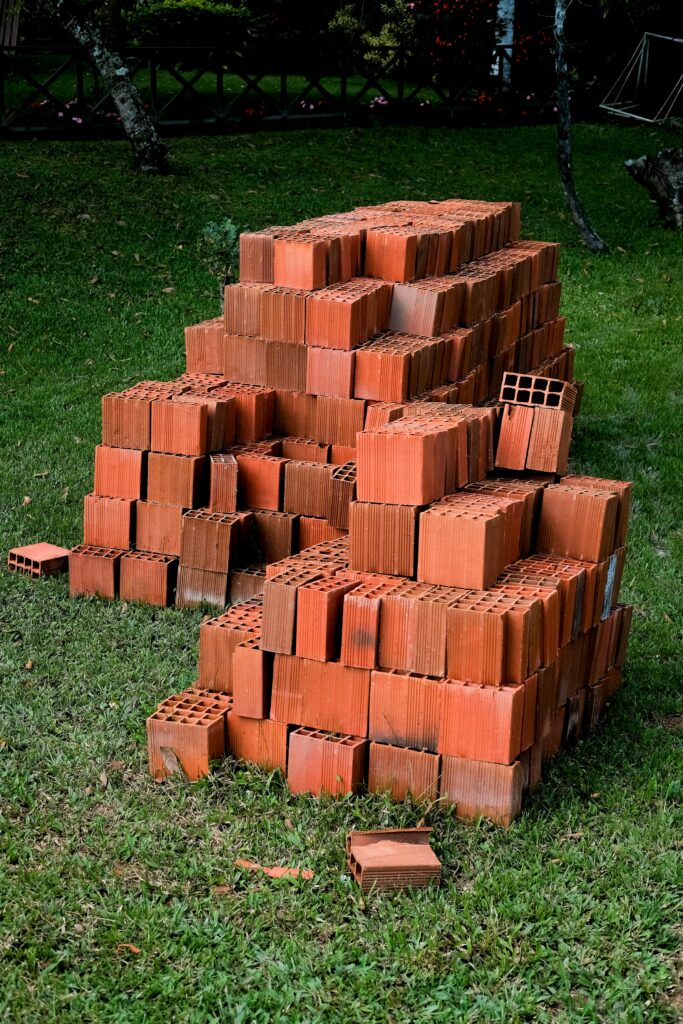Mud bricks, also known as adobe bricks, have been used in construction for thousands of years, offering a sustainable and eco-friendly alternative to conventional building materials. Across various cultures and regions around the world, different techniques have evolved for crafting and utilizing mud bricks in construction. In this article, we’ll take a journey through some of these diverse mud brick construction techniques, highlighting their unique characteristics and cultural significance.

Egyptian Mud Brick Construction
Ancient Egypt boasts one of the earliest recorded uses of mud bricks in construction. The technique typically involved mixing Nile mud with straw or other organic materials to create sturdy bricks. These bricks were sun-dried rather than kiln-fired, a process that continues to be used in many parts of Egypt today. Egyptian mud brick structures such as the Great Sphinx and numerous temples stand as enduring testaments to the durability of this construction method.
Southwestern American Adobe Construction
In the arid regions of the southwestern United States, adobe construction has been a traditional practice among Native American and Hispanic communities for centuries. Adobe bricks are made by mixing clay-rich soil with water, sand, and sometimes straw. The mixture is then poured into molds and left to dry in the sun. The resulting structures, with their thick walls and natural insulation properties, provide comfort in extreme desert climates. Today, adobe homes and buildings can still be found throughout New Mexico, Arizona, and other parts of the Southwest.
Moroccan Rammed Earth Construction
Morocco is renowned for its distinctive architecture, much of which incorporates rammed earth techniques. In this method, a mixture of clay, sand, and gravel is compacted into wooden molds to form solid walls. These walls are incredibly durable and resistant to weathering, making them well-suited to the harsh climate of North Africa. The earthy tones and intricate designs of Moroccan mud brick buildings, such as the Kasbahs of the Atlas Mountains, reflect both practical considerations and artistic sensibilities.
Chinese Earth Building Techniques
In the Fujian province of China, a unique form of mud brick construction known as tulou has been practiced for centuries by the Hakka people. Tulou are large circular or rectangular earthen structures, often several stories high, designed to house extended families and provide defense against external threats. These massive buildings are constructed using a combination of rammed earth, mud bricks, and wooden beams, resulting in structures that are both resilient and architecturally striking. The tulou of Fujian are recognized as UNESCO World Heritage sites for their cultural significance and innovative building techniques.
Australian Aboriginal Wattle and Daub Construction
For thousands of years, Indigenous Australian communities have utilized wattle and daub construction techniques to build shelters and communal structures. Wattle refers to the framework of wooden sticks or branches that forms the structure’s skeleton, while daub consists of a mixture of mud, clay, and plant fibers that is applied to the wattle to create walls. This method allows for flexibility in design and materials, adapting to the diverse environments of Australia’s varied landscapes. Traditional Aboriginal dwellings, such as the circular huts of the Noongar people, showcase the ingenuity and resourcefulness of these ancient building techniques.
Mud brick construction techniques have been integral to human settlement and civilization for millennia, offering sustainable solutions to shelter needs across diverse environments and cultures. From the sun-baked adobe of the American Southwest to the intricately crafted tulou of China, each method reflects the ingenuity, adaptability, and cultural heritage of its practitioners. As the world faces increasing environmental challenges, the time-honored tradition of building with mud bricks continues to inspire architects, builders, and communities seeking sustainable alternatives for the future.
